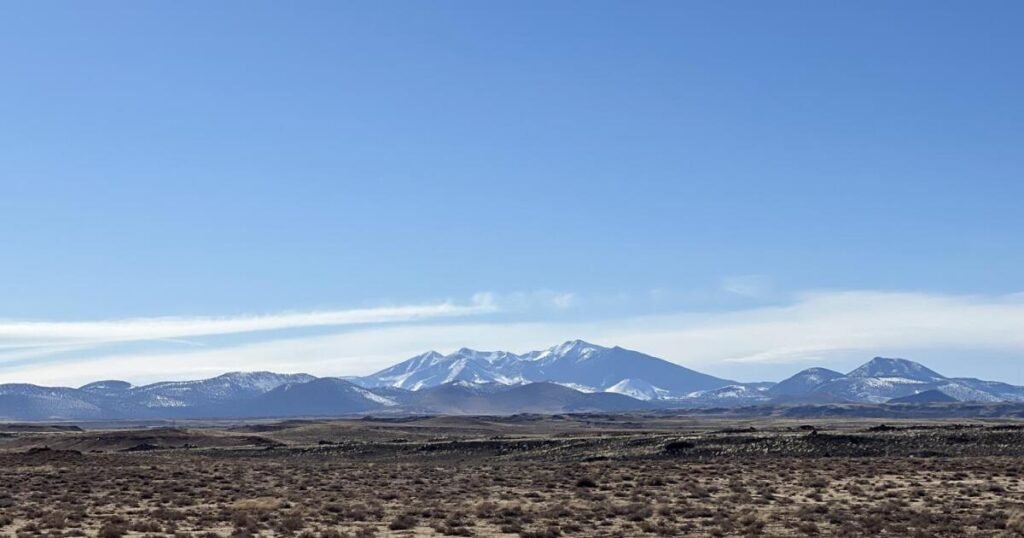Controversies Surrounding San Francisco Peaks
The debate over the San Francisco Peaks near Flagstaff has lingered for years, focusing particularly on the use of treated wastewater at the Arizona Snow Bowl Ski Resort. These peaks hold significant cultural and spiritual importance for numerous Native American tribes.
William Holly, a historian specializing in the American West, has extensively studied the peaks and their associated controversies. His work, titled “The Mountains are part of us. Part of the sacred land of northern Arizona tourism, communities and American Indians since 1969,” has received recognition from Brigham Young University. This fall, he will join the faculty at the University of Idaho.
During a recent interview, Holly emphasized that Arizona’s tourism and development ideas, particularly in the Phoenix area, often overshadow the unique history of northern Arizona, which has long sought to preserve its past while accommodating growth.
Discussion Highlights
William Holly: Interestingly, the tourism history in northern Arizona predates that of Phoenix by quite a bit. It can be traced back to the Santa Fe Railroad in the 1880s, which opened the region to visitors. While the Grand Canyon is widely recognized, there are unique aspects to northern Arizona that many might overlook.
Brodie: So, how do we balance promoting tourism and keeping the local community intact? There seem to be conflicting interests at play.
Holly: Yes, exactly. The dynamics around the San Francisco Peaks, particularly concerning the tourism industry, often create friction. This is a result of what historian Hal Rothman refers to as the “growth coalition.” While many express concerns at public hearings, it’s notable that the community’s history includes complicated relationships with Native American populations. For instance, in the 1970s, the Flagstaff Chamber of Commerce circulated materials aimed at engaging Indian customers, but often, the sentiments were less than accommodating.
This history of tension became evident with the establishment of the Snow Bowl in 1937, which sparked ongoing debates not just among Native Americans but also environmentalists who consider skiing a privilege mainly for the affluent.
Brodie: Given these different interests, how do we find common ground?
Holly: That’s a complex issue, really. It varies based on the perspective you take. For example, if you focus solely on the Anglo community in Flagstaff, you’ll find numerous constraints. A notable controversy arose in 1969 when Bruce Ledobetter sought to replicate ski resort success from places like Aspen in the San Francisco Peaks area, leading to further conflict.
From the perspective of the Native American community, however, many of these proposals are not satisfactory. Forming alliances and finding a mutual understanding is understandably challenging.
Brodie: How do the local indigenous people feel about projects involving the peaks, especially with the controversies surrounding wastewater usage?
Holly: The years from 1969 to 1983 mark the beginning of major disputes about the Snowbowl and the Peaks. Fast forward a few decades, and the tribal nations have gained more sovereignty and federal protections regarding sacred sites. When it came to the wastewater issue, many tribes took the initiative rather than waiting for wider community support, which demonstrates the shifting dynamics in the region. The tensions that had begun to ease have often flared up again, and the questions remain valid as these sacred lands have been significant to Native Americans long before recent developments.







